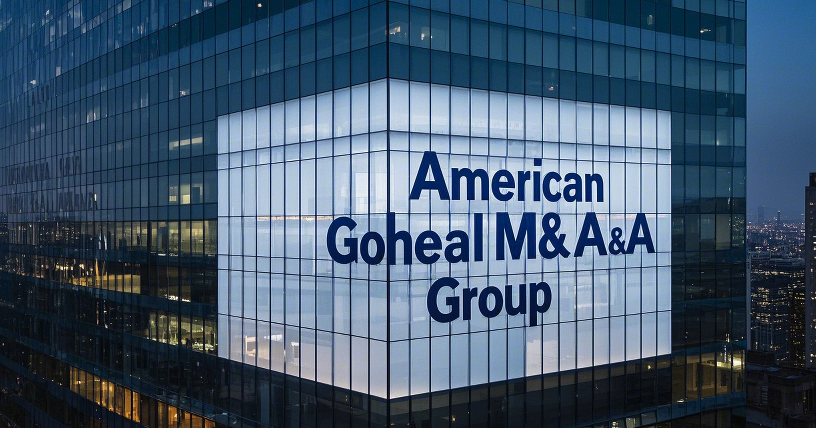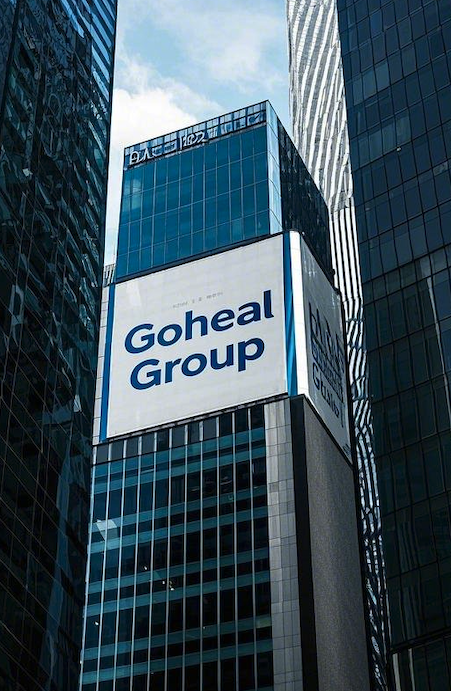"The highest good is like water, which benefits all things without competing." The ancients used "rule by inaction" to talk about governance, but in the context of modern corporate governance, this ancient saying has revealed the realm most respected by the capital market: compliance without publicity, self-interest and altruism. Entering 2025, if listed private enterprises want to cross the cycle and gain the favor of capital, performance alone is not a complete solution, and "compliance governance" is becoming a hard-core indicator for measuring corporate value. Especially at the intersection of the registration system and the era of strong supervision, Goheal noticed that a new trend that has quietly taken shape is leading the transformation of the capital operation ecology: the "compliance moat" of private enterprises is changing from an implicit shield to an explicit bargaining chip.
This is not an empty institutional pursuit, but a systematic evolutionary project covering top-level design, cultural core, technology drive and capital docking. In Goheal's eyes, this "compliance revolution" is more like a change of values - from passive compliance to active governance, from formal compliance to substantive trust. So, how should private enterprises build their own "compliance moat" and win the deep trust of capital? Goheal will analyze it layer by layer.
Above governance: Carve the skeleton of trust from institutional design
In a merger and acquisition due diligence, the Goheal team found that a certain A-share company with beautiful financial indicators was shelved by investors due to chaotic contract management and lack of compliance system support in the procurement process. This makes us more deeply aware that: "No system, no governance; no compliance, no trust."

American Goheal M&A Group
More and more companies are beginning to realize that compliance is not a compromise for supervision, but the first brick to "build a wall". At present, local pilots such as the "Guidelines for Compliance Construction of Private Enterprises in Sichuan Province" have pushed institutional design to the front line of actual combat. If enterprises can establish a system framework covering strategic decision-making, business execution, and risk supervision, especially in highly sensitive areas such as tax compliance, commercial bribery, and foreign-related transactions, and formulate special compliance manuals and implementation rules, they will undoubtedly show a "rule list" amulet in front of the capital market.
Going further, Goheal advocates the construction of a "dynamic compliance radar system": through the dual-wheel drive of industry risk map + enterprise self-inspection list, a "risk self-diagnosis-data tracking-closed-loop rectification" mechanism is formed. This not only improves the efficiency of compliance response, but also allows enterprises to no longer respond passively when facing potential criminal or administrative risks, but to take the initiative to defend.
Efficiency is not dead: building a bridge between the system and the market
When many private enterprises talk about compliance, the first reaction is "slowing down efficiency and adding burdens." But when we assisted in the integration of multiple listing projects, we found that compliance and efficiency are not a zero-sum game. The key lies in whether a "flexible compliance mechanism" that conforms to the stage of enterprise development has been designed.
Goheal believes that for enterprises of different sizes and life cycles, we should take advantage of the situation. For example, large listed private enterprises can set up special compliance departments to implement full-process audits + real-time monitoring; while start-ups can introduce standardized templates through the "simplified compliance" model to avoid "one-size-fits-all" cost increases. Liuzhou's practice of conditional exemption of penalties for first-time minor violations is a typical example of "flexible governance".
More imaginative is the "compliance incentive mechanism" - a paradigm reshaping of the transformation from "compliance gatekeeper" to "compliance value creator". Taking "compliance credit points" as an example, companies can exchange compliance scores for tax exemptions, preferential financing interest rates and other policy benefits. This "positive feedback" mechanism can truly inspire companies to identify with compliance from the bottom of their hearts and internalize it as a growth driver.
The silent influence of culture: when "compliance" becomes a belief
In a sense, the system is a "visible guardrail" and culture is an "invisible engine". When Goheal served a leading customer in the food industry, he found that for its employees, "quality is compliance, compliance is life" has long become a subconscious that does not require training. This is the core "cultural code" of the brand's cycle.
Many private enterprises have embedded compliance requirements into employees' daily decision-making through the signing of compliance commitment letters by management, setting compliance indicators linked to performance, and regularly organizing anti-corruption case training. Taking the "year certification system" as an example, Yanghe Shares has elevated quality compliance to brand belief and transformed consumer trust into capital recognition.
Not only that, the spillover effect of the clean ecology cannot be ignored. Establishing a supplier blacklist, strengthening compliance screening of business partners, and promoting upstream and downstream to sign compliance commitment letters not only prevents transmission risks, but also reshapes the "clean and honest government-business" relationship. For example, the "five no bottom lines" proposed by Guangxi enterprises, namely "no violations, no bribery, no wage arrears, no tax evasion, and no red lines", have become the starting point of a new regional business consensus.
The texture of technology: digital compliance reshapes the boundaries of governance
Compliance is no longer just about "people managing people", it is being "rewritten" by technology. In a due diligence investigation of a financial technology company, Goheal witnessed its use of big data to monitor transaction anomalies in real time, blockchain to record compliance processes, and AI algorithms to complete review and early warning. A complete set of "intelligent compliance engines" is like the second brain of the company.
Especially in the field of taxation, the intelligent declaration system has been able to verify invoice anomalies and sensitive subject risks in advance, realizing the transformation from "post-event accountability" to "pre-event identification". Goheal suggested that private enterprises should give priority to the digitization of five types of compliance data: contract performance records, internal audit reports, credit ratings, ESG disclosures and intellectual property archives. These data can not only assist business operations, but also be "golden assets" in future capital docking.
Capital resonance: Compliance is not a burden, but a valuation amplifier
If the system is the foundation, culture is the beam, and technology is the tool, then capital is the final judge of "verifying whether compliance is successful". We have seen many times that after obtaining compliance certifications such as ISO37301, companies not only won financing channels, but also obtained higher transaction valuations.
The capital market never pays for "vague hopes", but will pay a premium for "predictable governance". In 2024, Yanghe Shares demonstrated the return efficiency brought by compliance governance through high dividends and continuous ESG disclosures. Its stock price trend and market value stability have shown the market's recognition of the "compliance story". Goheal is also promoting compliance-themed roadshows for clients to help build a more predictable investor communication mechanism.
Institutional investors, in particular, have used anti-commercial bribery mechanisms, environmental compliance records, and information disclosure transparency as investment scoring items. If private enterprises can proactively include compliance data dimensions in financial reports and disclose governance progress to investors on a monthly or quarterly basis, they will undoubtedly occupy a "high ground of value" in the capital public opinion field.
Conclusion: Make compliance a belief, not a stopgap measure
In this era of strong regulation and strong market coexistence, private enterprises building a "compliance moat" is not just a defensive act, but a strategic offensive. It can not only penetrate cyclical noise and build capital trust, but also allow enterprises to always have a "legal and just" voice in cross-regional mergers and acquisitions, industrial integration, and even going overseas.
Goheal has always believed that governance is competitiveness and compliance is valuation power. When an enterprise completes the governance transformation from concepts, systems, behaviors to data, capital will naturally give it a higher valuation multiplier. This is not only a victory of "internal practice", but also an awakening of governance aesthetics.

Goheal Group
So, in an era when compliance has become the core belief of the capital market, is your company ready to make governance a competitive barrier?
The next question worth thinking about is: In the context of intensified AI and cross-border data supervision, how should the "overseas version" of the compliance moat of private enterprises be constructed? Goheal will continue to explore the new revelations of "global governance standards" on the capital operation of Chinese enterprises in the next issue. Please stay tuned.
[About Goheal] Goheal is a leading investment holding company focusing on global mergers and acquisitions, deeply cultivating the three core business areas of listed company control acquisition, listed company mergers and acquisitions and restructuring, and listed company capital operation. With its deep professional strength and rich experience, it provides enterprises with full life cycle services from mergers and acquisitions to restructuring and capital operation, aiming to maximize corporate value and long-term benefit growth.